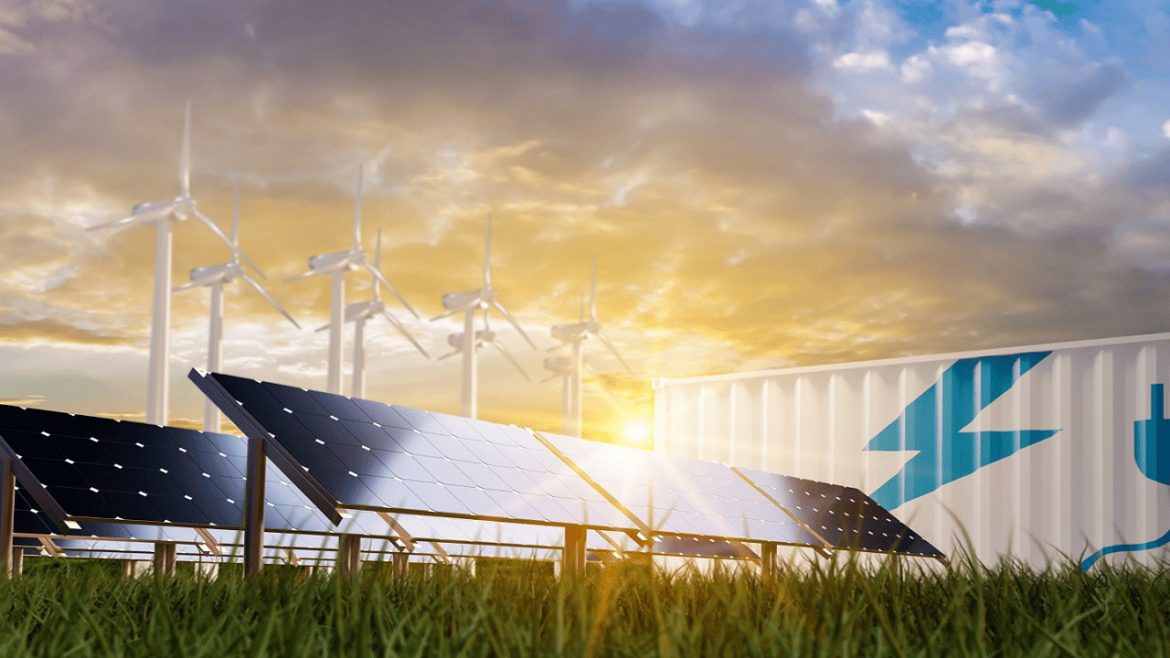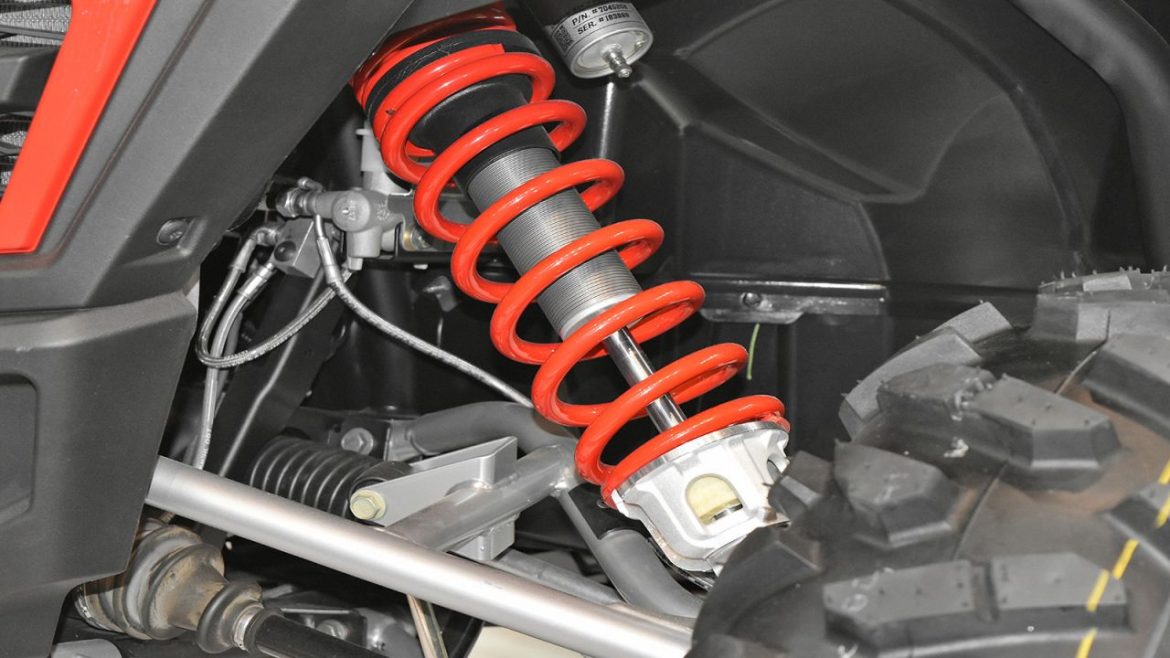In the dynamic landscape of energy production and consumption, the integration of intelligent operation and maintenance (O&M) practices has emerged as a transformative force. These solutions not only enhance the efficiency and reliability of energy equipment but also pave the way for a more sustainable and cost-effective energy future. This article delves into the realm of smart O&M, exploring its key components, benefits, and the pivotal role it plays in shaping the contemporary energy sector. For a comprehensive understanding of cutting-edge smart O&M technologies, visit this link www.vremtglobal.com to learn more.
The Confluence of Technology and Maintenance Excellence
Smart O&M involves the integration of advanced technologies such as artificial intelligence, machine learning, and the Internet of Things (IoT) into the traditional realm of equipment maintenance. It leverages real-time data, predictive analytics, and automation to optimize the performance of energy equipment, ensuring that it operates at peak efficiency while minimizing downtime and maintenance costs.
Key Components of Smart Operation and Maintenance
Real-time Monitoring Systems
Smart O&M relies on sophisticated monitoring systems that continuously collect and analyze data from energy equipment. This real-time monitoring allows for early detection of potential issues, enabling prompt intervention to prevent equipment failures and disruptions.
Predictive Analytics
Leveraging historical data and machine learning algorithms, predictive analytics forecast potential equipment failures before they occur. By identifying patterns and anomalies in the data, smart O&M can recommend proactive maintenance measures, reducing the need for reactive, costly repairs.
Condition-based Maintenance
Rather than adhering to fixed maintenance schedules, smart O&M adopts a condition-based approach. This means that maintenance activities are triggered by the actual condition of the equipment, optimizing the use of resources and ensuring that maintenance efforts are focused where they are needed most.
Benefits of Smart Operation and Maintenance
Increased Equipment Efficiency
Smart O&M allows for the continuous optimization of energy equipment, maximizing efficiency and minimizing energy wastage. This not only contributes to cost savings but also aligns with the global push for energy conservation.
Reduced Downtime
By predicting and addressing potential issues before they escalate, smart O&M significantly reduces downtime. This is particularly crucial in industries where uninterrupted operation is paramount, such as power generation and distribution.
Cost Savings
The proactive and targeted nature of smart O&M translates into cost savings. Predictive maintenance, in particular, minimizes the need for costly emergency repairs and extends the lifespan of energy equipment.
Enhanced Safety
Smart O&M enhances safety by identifying and addressing potential safety hazards before they pose a risk. This not only protects personnel but also safeguards the integrity of the equipment and surrounding infrastructure.
The Role of Smart O&M in the Energy Sector
Smart O&M is increasingly becoming indispensable in the energy sector. It is revolutionizing how power plants, renewable energy facilities, and other critical infrastructure operate and maintain their equipment. The ability to monitor, analyze, and predict equipment behaviour in real time empowers energy providers to deliver a more reliable and sustainable energy supply.
Challenges and Future Outlook
While smart O&M presents numerous benefits, its adoption comes with challenges, such as the initial investment in technology and the need for a skilled workforce. However, as technology continues to advance, costs are likely to decrease, making smart O&M more accessible to a broader range of industries. The future holds promise for even more sophisticated solutions, with ongoing research and development pushing the boundaries of what is possible in the realm of smart operation and maintenance.
In conclusion, smart O&M stands at the forefront of the energy industry’s evolution, providing a pathway to a more efficient, reliable, and sustainable future.

